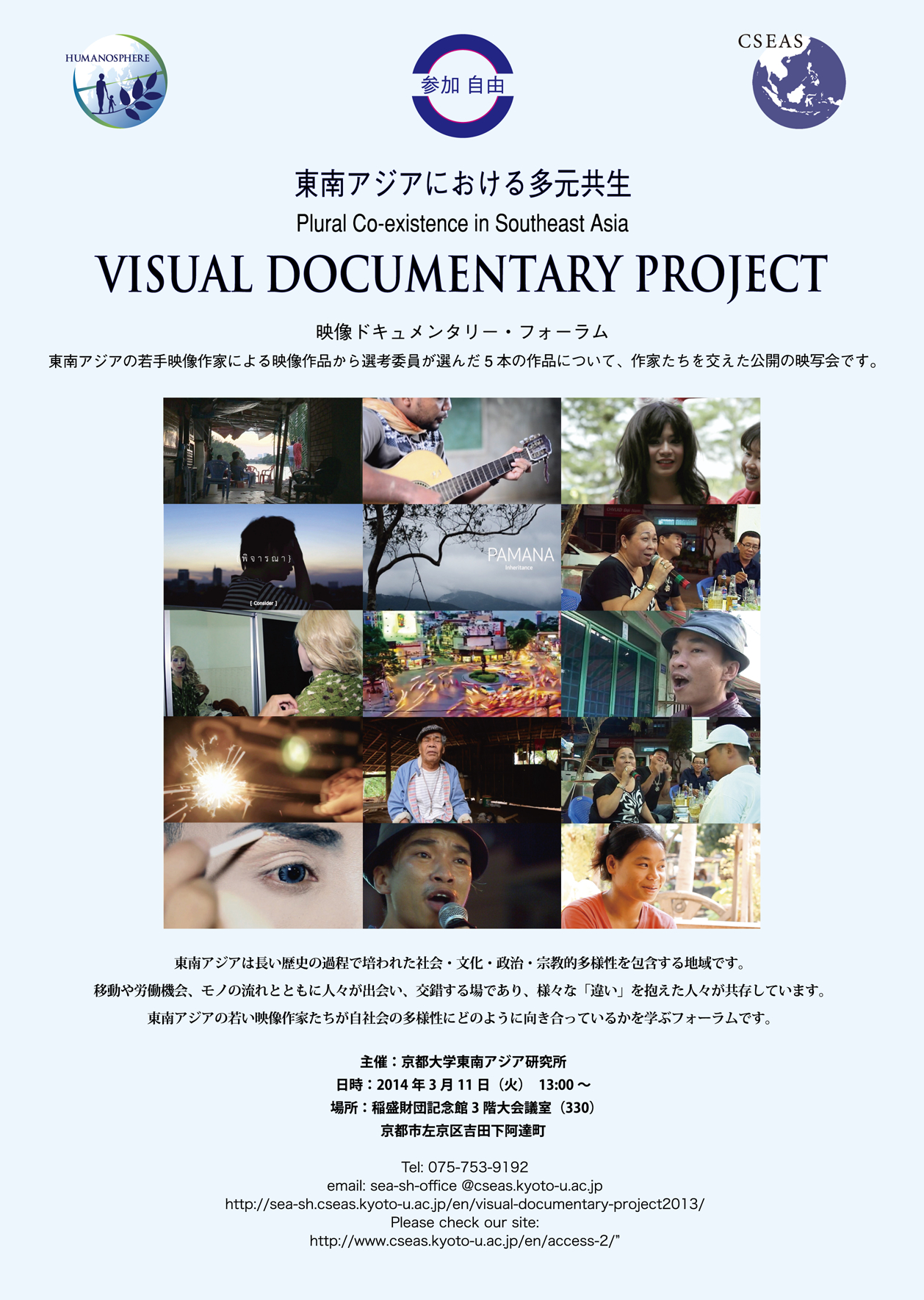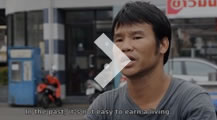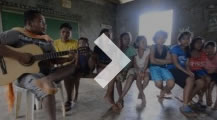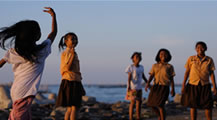:::2013:::
Plural Co-existence in Southeast Asia

Southeast Asia is a place of rich diversity and home to over 600 million people. This diversity, a product of centuries of social, cultural, political and religious development, is at the heart of Southeast Asian societies. On one hand, migration, work opportunities, and the flow of cultural goods all create opportunities for people across to the region to meet each other. People live side by side and in that process contribute to the creation of different groupings known as “plural societies.” On the other hand, these can create various kinds of tension, conflict and violence directed toward certain groups or minorities.
In a region with such diversity, what does “plural co-existence” mean for different persons, groups, communities or nations? How do minority groups live side by side with majority groups? How do mixed communities deal with conflict and tension? Do minority languages disappear or come to life in urban areas where minority people settle in? With more and more Southeast Asians living outside of their home communities or forming new ones in the region, what kinds of contributions do they make? What kind of policies are there across the region have toward the diversity in their countries?
Date and Time: March 11 (Tuesday) 13:00-18:15 P.M.
Venue: Large Conference Room, Inamori Foundation Building
:: Lives under the red light ::Hem Vanna Under the red light focuses on the lives of four persons who work as sex workers in Phnom Penh. Most of them were kicked out from their families and came to live in Phnom Penh and ended up working in the sex industry. This film sensitively deals with the daily discrimination they face. Sex work places them at risk to gang rape, sex violence, drugs and arrests by police. This documentary offers a window onto the lives of these sex workers in modern day Cambodian society. |
|
|
:: Consider ::Panu Saeng-Xuto Tay is a teenage “kathoey” (ladyboy) a member of the relatively well-tolerated transgender group. Kathoey take on traditional female roles, and are sometimes described as a third sex. This documentary follows Tay and observes the acceptance of his orientation at his Christian school Saint Joseph Mueang-Ake. The documentary peers into the daily life of Tay, and those around them to paint a complex observation of how an individual’s gender is articulated in Thai society. |
|
|
:: The Burmese in Thailand ::Kantayalongote Suree Portraying the lives of Burmese workers in Thailand this documentary shows how they work and their living conditions. It focuses on a Burmese worker “Jet” who works in a “Tom Luead Moo” shop and spends 20 hours a day managing all the daily tasks. |
|
|
:: On the Streets ::Mycuoung Le This film is about the lives of young men and women who earn their lives by selling sugar, singing and dancing on Ho Chi Minh city’s busy streets. The film offers a window into the life of Dien whose job is just not a way to earn a living. It also comes from his love for singing, where the streets are his only stage. Bi and Ti a couple who fell in love with each other, live together like husband and wife and stick to this job just to earn the money. The film also follows children who were born and grew up as street children. On the streets leaves the viewer with a question: when will it come to an end? |
|
|
:: Pamana ::Giselle Joyce Nadine de la Peña This documentary tells the story of an Agta-Dumagat-Remontado community in Quezon Province who face the threat of losing their ancestral land. Various developmental projects by lowlanders have caused socio-political, economic, and environmental consequences, affecting both Agta and lowland communities. The Agta-Dumagat continue to struggle for their rights throughout decades of oppression and marginalization. The documentary sensitively show how through self-determination, the community was able to put up their own school that teaches academics and cultural identity to their youth with the hope of fostering the next generation of cultural defenders who to protect the legacy left by their ancestors. |
|
|








